The Old Patras German without a legend
In 1958, about ten years after the end of the Civil War, the educator and historical researcher, Takis Stamatopoulos, writes a book about the demystification of the personality of the Old Father Germanos. Representing one of the intellectual trends of his time, Stamatopoulos does not aim to rid the historical presence of P. P. Germanos of any legend that accompanies him, but rather to cancel the heroic and benevolent context through which the prisoner faced him historiography and ideology. A historiography that had gradually and methodically begun to establish itself in Greece a century earlier, largely recreating historical events, managing to beautify - among other things - the general pre-revolutionary role of the supreme leadership of the Church in the face of the possibility of an uprising against the Ottomans.
Using a multitude of 19th century sources, the author presents the popular hierarch in his true dimensions, outside the veil of myth with which ecclesiastical tradition surrounded him. In this book you will learn about:
• The attitude of PP Germanos before the outbreak of the Revolution
• The reasons for which he wanted the extermination of Papaflessas
• The gray background of the infamous Assembly of Vostitsa
• The real events in the holy Lavra, taking into account the absence of references in Germanos's own Memoirs regarding the raising of the famous Lavarus of the Struggle
• The insatiable thirst for power and his conflict with Dimitrios Ypsilantis, Kolokotronis, but also the Philikis.
The book is foreworded by Giorgos Margaritis, professor of Modern History at the Department of Political Sciences of AUTH.
The Prohibited Books of 1821
"The High Priests despised the common interest of the people, and they look to the same. They consolidated the state itself and despotism in the disease and ignorance of the people".
Livello against the High Priests (Anonymous, 1810)
• A political and ideological manifesto for the future of the Balkan peoples.
• A violent anti-clerical work, published here for the first time, that describes in a structured and with exceptional knowledge the hoarding practices of the Orthodox clerical officials at the expense of the Greek people.
• A scathing book that excoriates the practices of the Orthodox metropolis of Adrianople, due to the waste of huge sums on projects of political consolidation, but almost nothing on projects of education.
What is the relationship that connects the above three seemingly disparate writings? Two of the three were burned in the courtyard of the Patriarchate of Constantinople by order of Gregory V, while the third almost disappeared from the face of the earth.
"The forbidden books of 1821" are a collective work of three texts, which were written over a period of twenty-two years, from 1797 to 1819. It is the "New Political Administration" (Vienna, 1797) by Rigas Velestinlis, the " Livello against the High Priests", written by an anonymous author in Smyrna in 1810, and "Crito's Reflections", also published by an anonymous author in Paris in 1819. The study of these three "forbidden" works, once again confirms the fact that the triptych Freedom, Knowledge and Right Reason, was treated pre-revolutionary with great hostility by the highest leadership of the Church, whose role and action are imperative to be re-evaluated by the younger generations.
The book is prefaced by the renowned emeritus professor of History at the Ionian University, Petros Pizanias, while at the end the epitome of Dr. of History, Thanasis Gallou, dedicated to the importance of the first edition of "Livellos" in Greek literature.
The Black Book of 1821
The alleged positive contribution of the highest hierarchy of the Church to the Revolution of 1821, constitutes one of the greatest ideological swindles of recent Greek History.
Two hundred years later, the study of the original sources, the excommunication circulars and the counter-revolutionary action of the patriarchate, leaves no room for misinterpretation.
This book contains a useful collection of such texts, published during the period 1798-1828. The detection of these historical records is still an extremely difficult task, requiring in some cases the painstaking search for rare or out-of-print editions.
At "Black Book of 1821" you will read:
- the texts of the excommunication of the Revolution from the Patriarchate of Constantinople
- the reasons why the infamous lifting of the excommunication is an ecclesiastical myth
- how Grigorios E tried to appease the revolutionary moods of the Heptanesians and Peloponnesians at the end of the 18th century, ordering, at the same time, the burning of texts by Rigas Feraios
- the reasons why the excommunication of the Thieves by Patriarch Kallinikos E negatively affected the Revolution of '21.
- the encyclicals through which Gregory V attempted to control Greek book production, launching an attack on the Natural Sciences
- the excommunication imposed on Bouboulina, a few months before the uprising of the Greeks
- the texts of the patriarch Eugene II, which aimed to intimidate the Greeks, immediately after the outbreak of the Revolution
- the way in which the patriarch Agathangelos tried to provoke a civil war in the Greece of John Kapodistrias.

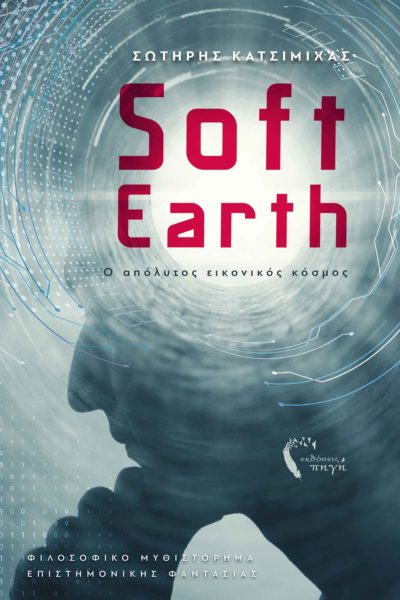

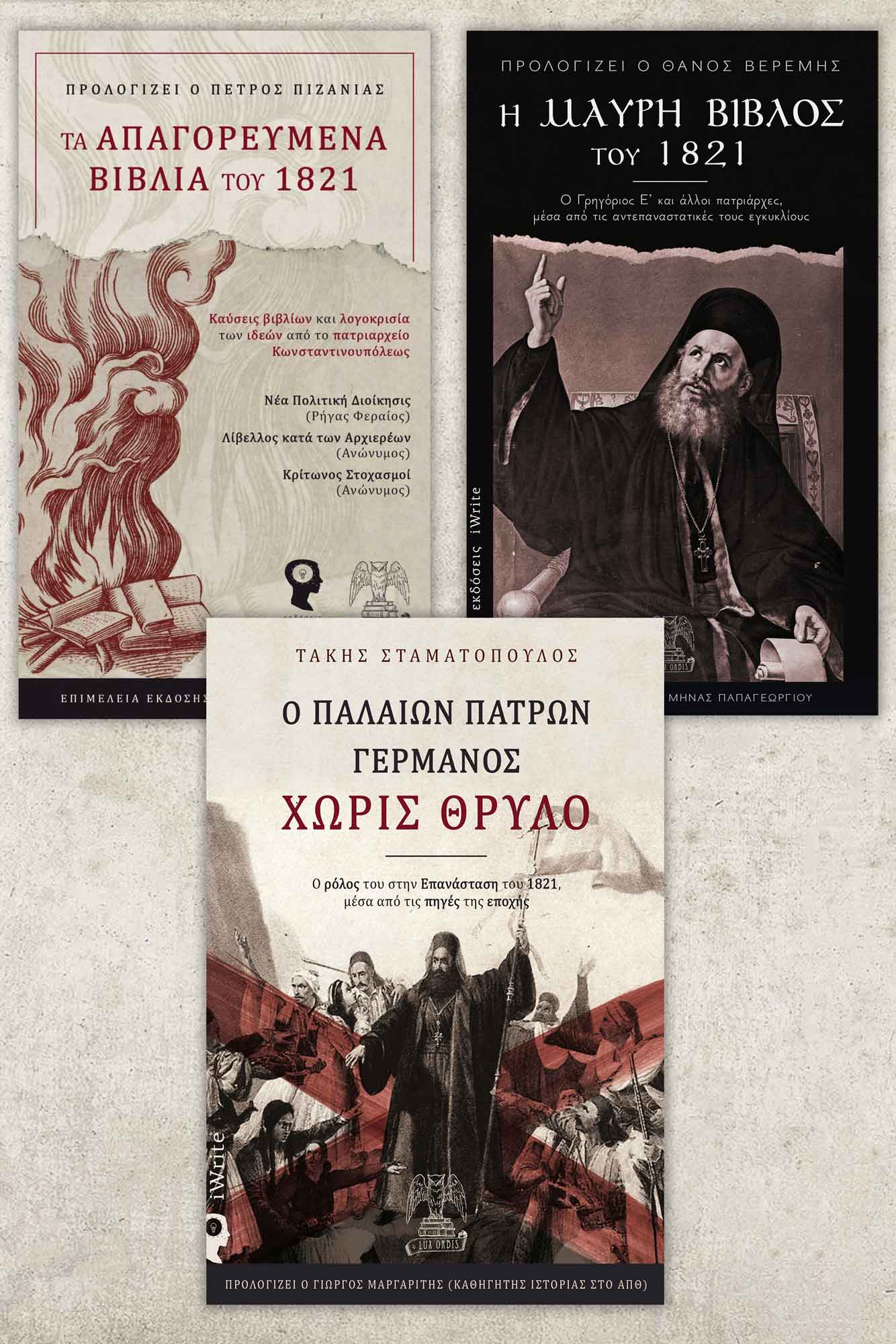
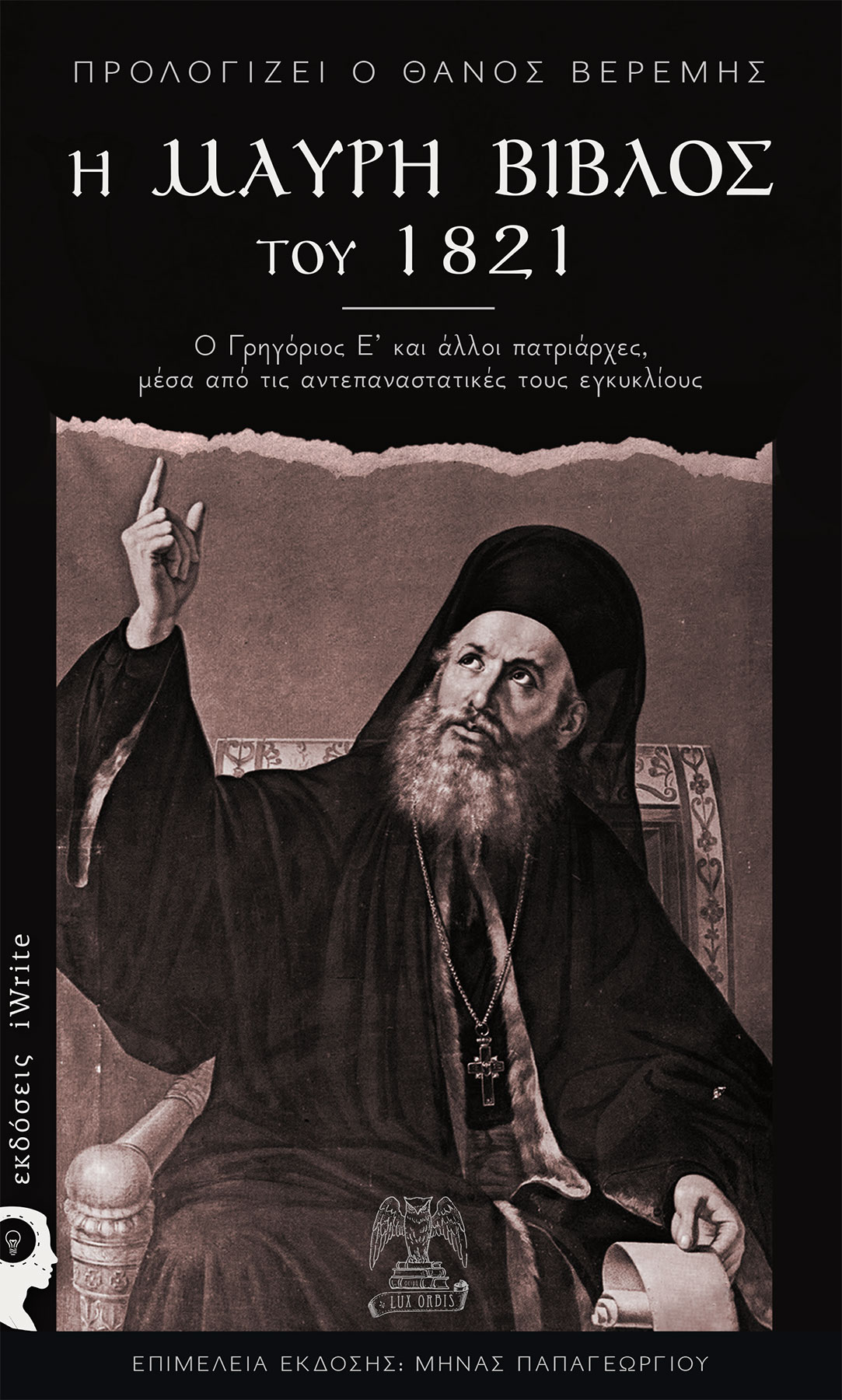



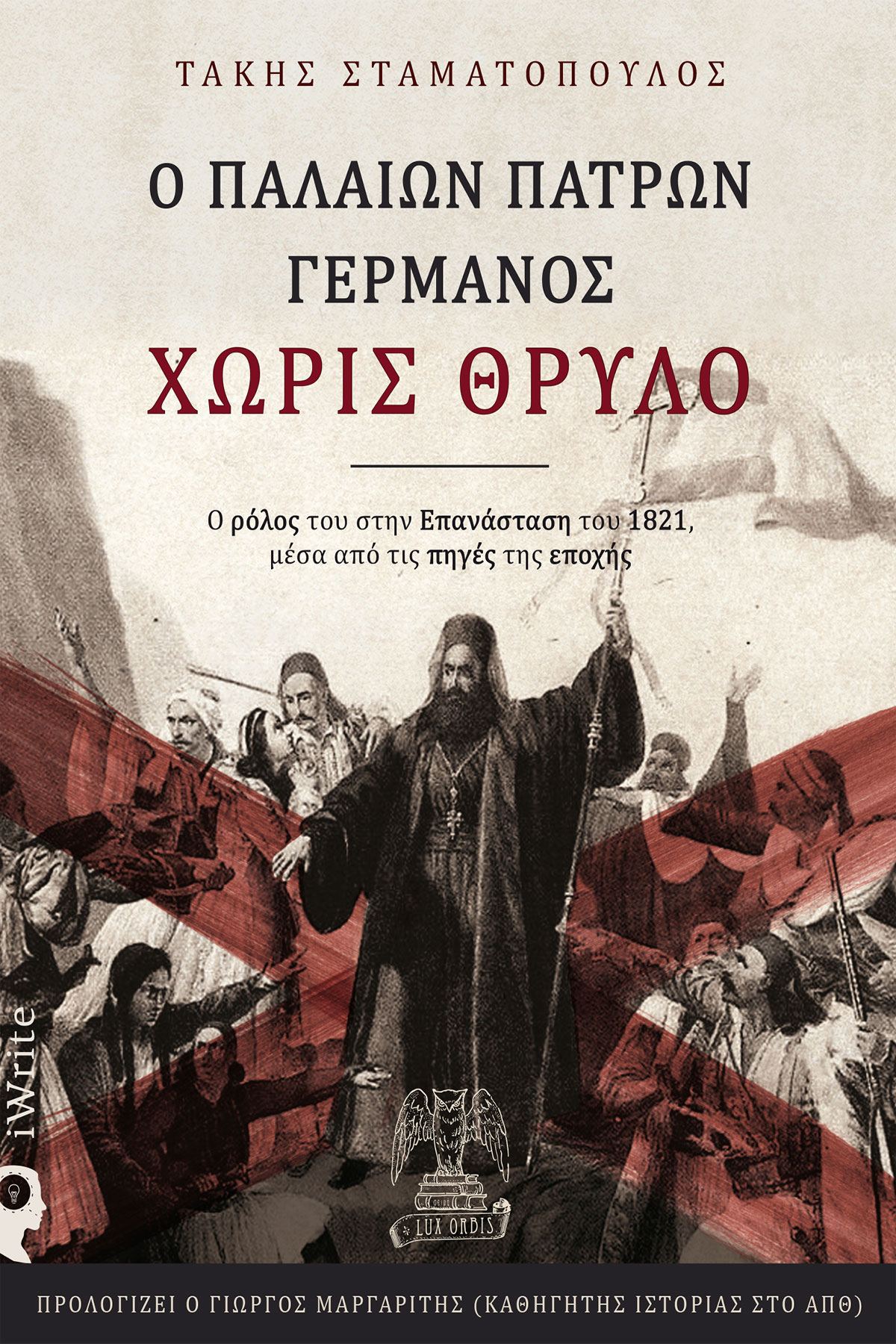
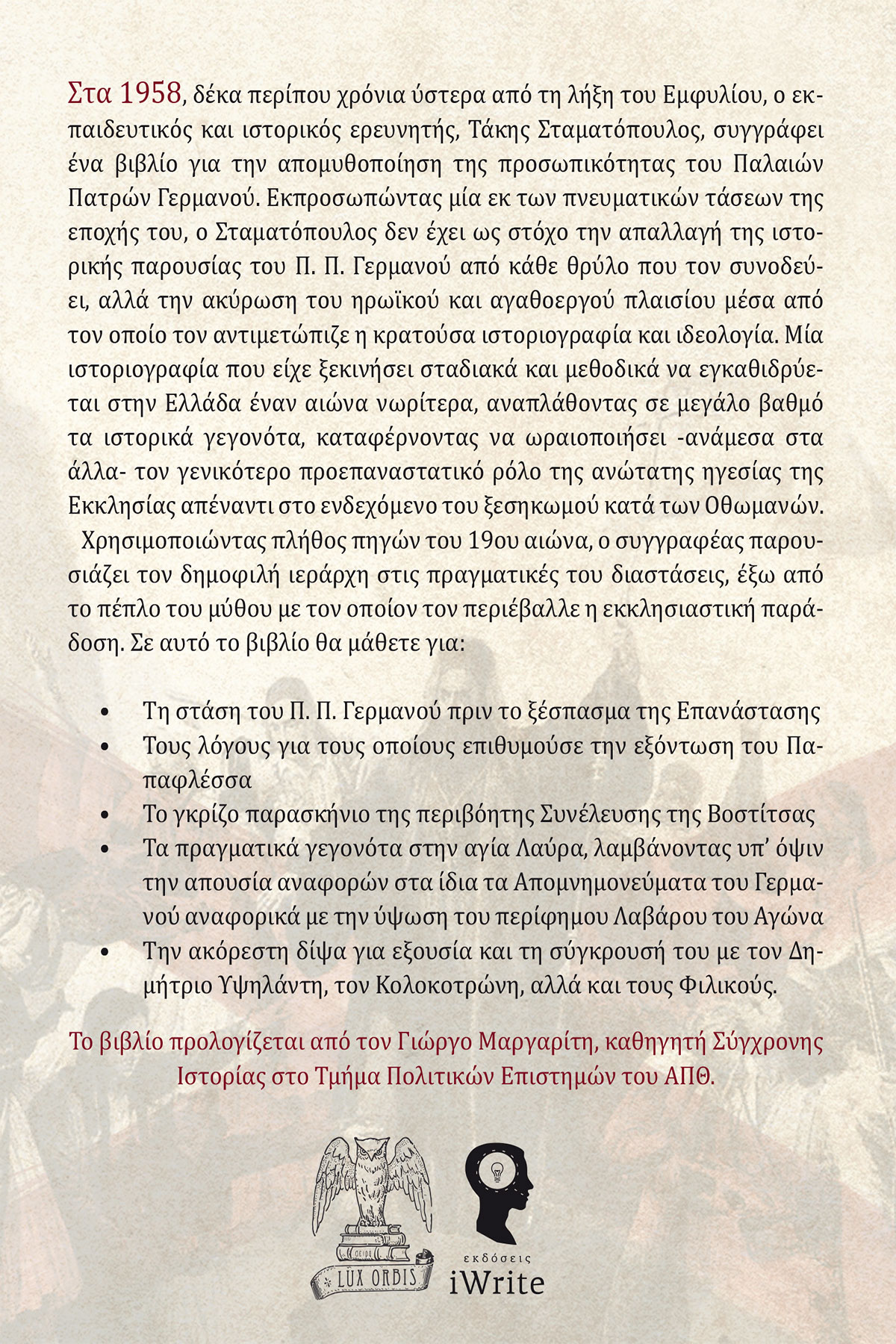
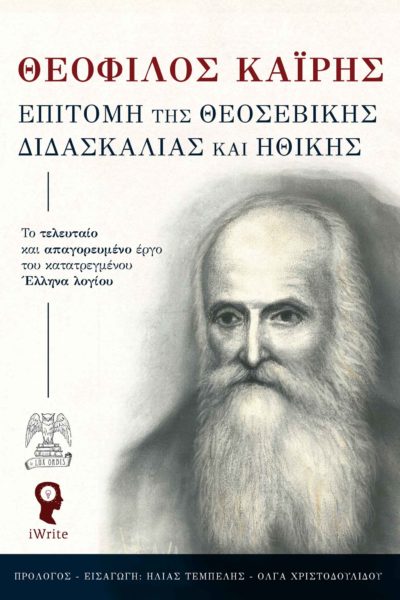




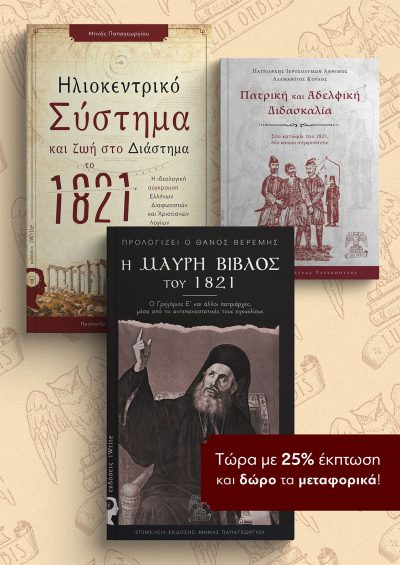





reviews
There is no review yet.